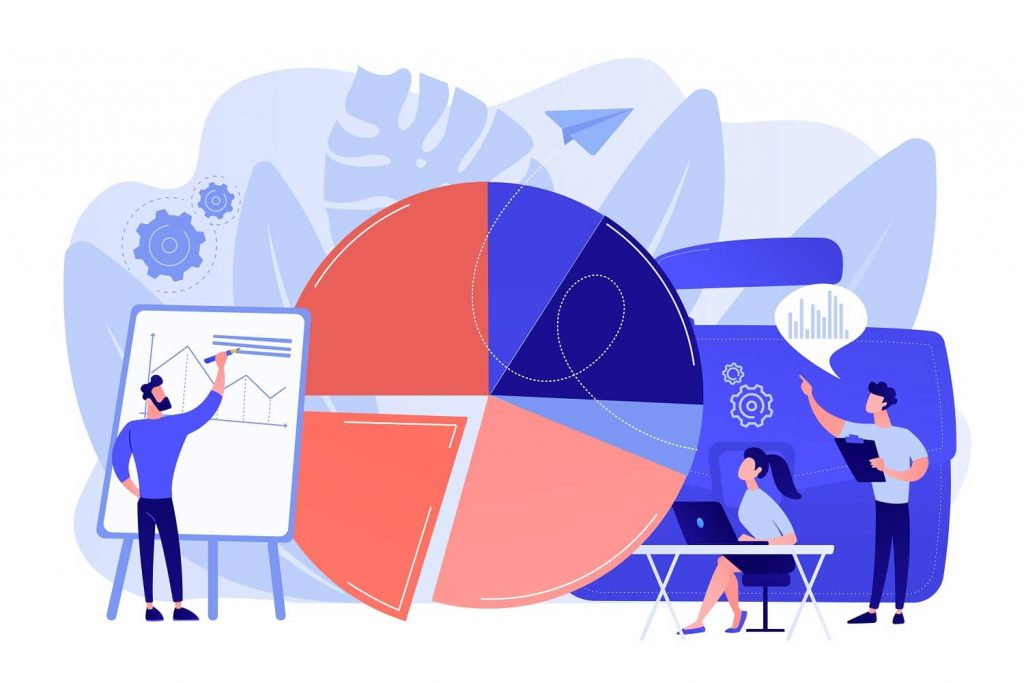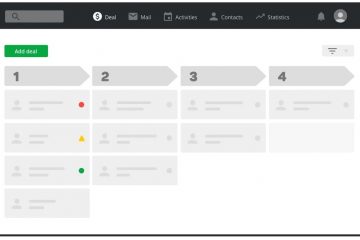How to Streamline the Retail Side of Your Business… and Make More Sales
The retail side of any business involves complex processes. It is also difficult for store owners to decide where to start when streamlining this side of the business. However, this is supposed to be a top priority for every business owner or manager.
It takes time and effort to run a retail business successfully. Business managers and owners handle multiple tasks to help their businesses to succeed. Things like customer service, stock management, and product displays are just a few of the tasks they handle.
This shows that they are always busy. It is, therefore, important for them to streamline the retail side of their businesses. In this article, we will discuss how you can do that and generate more sales.

Automate Manual Tasks
Manual tasks are among the things that hurt productivity in retail businesses. They consume a lot of time and are prone to human errors. This prevents retail business owners and managers from handling the most important tasks.
However, you cannot automate manual tasks without the right strategy. You need to first look at the most important or time-consuming tasks that need to be automated. You cannot start business automation without a clear list of all your tasks.
For instance, how do you add products to your system? Do you do this manually? How much time does it take you every day? Is this something that can be automated? Answering such questions will help you determine the tasks that should be automated.
Since every business is different, the tasks you need to automate will depend on the kind of setup you have. The best option is to start with tasks that consume the most time. This will improve productivity and help you to make more sales.
Train and Delegate Tasks to Employees
No matter how skilled and productive you are, you cannot handle all tasks in your business. You need help from employees or third parties. To achieve this, you should build a team that understands the retail side of your business.
If you have employees but you still handle most of your business’s retail tasks, then you need to evaluate all of them and what they do. You also need to look at the kind of training you have provided. Is it enough to streamline the retail side of your business?
If not, then you should curate a training program that takes care of everything that your employees need to know. After that, teach yourself how to effectively delegate tasks. You should look at the strengths of your employees and assign tasks depending on them.
This means that you should not delegate tasks randomly. This is important in helping you to build a team that understands the operations of your business. You will also find it easy to streamline the entire business operations, not just its retail side.
Organize Your Retail Store
One of the most important things when it comes to streamlining the retail side of your business is making sure that your retail store is organized. Even though this is not just for aesthetics, you need to attract customers and make it easy for them to get what they are looking for.
Do you think your customers would be happy with crowded aisles and cluttered shelves? In addition to ensuring that your retail store looks good, you will reduce the amount of time spent looking for merchandise or telling customers where to find the products they are looking for.
You can also label the different shelves and boxes you have in the back room. This makes it easy for you or your staff to find items they need to add to your shelves. In addition, position all products in the right places for easy identification.
For instance, if you run a brewery business, frequently restocked beers can be placed near the door. This ensures that your employees can locate them quickly when restocking. If not, they would spend a lot of time looking for these items in your back room.
Reduce Paperwork
Did you know that paperwork can hurt the operations of the retail side of your business? Imagine a situation where every task has to go through some paperwork. This would consume a lot of time, slowing down your operations.
You, therefore, need to examine how paperwork flows in your business. If you are not careful, you might find yourself in a situation with piled-up paperwork. The first step to reducing paperwork is evaluating whether you need it or not.
You might be surprised to realize that you do not need all the paperwork you have in your business. Most of the time, you use it because you have always done so since the time your business started. There could be better options available.
If you have to use paperwork, you can eliminate physical papers and instead use document management systems. This way, you will be able to digitize receipts, records, and everything else that currently needs paperwork in your business.
Make Decisions Backed With Data
Streamlining the retail side of your business depends on whether you know the areas you need to work on or not. You cannot determine these areas without the use of data. With the right retail business metrics, you will understand the areas that need more work.
For instance, those running brewery businesses should understand the beers that are popular with their customers. The performance of your beers and sales can also help you identify the actions you need to take to streamline your operations.
As discussed above, automation is an important part of streamlining operations in retail businesses. If you want to effectively track the retail metrics in your business, then ensure that you are using an automated system. This will help you to improve your business’s sales performance.
Having to manually go through all your data is going to consume a lot of time. It is also synonymous with wrong decision-making in retail businesses.
Look Into Industry-Specific Software, e.g. for the Brewing Industry
Technology advancements are playing a unique and essential role in the streamlining of all business operations. Today, you can find a software application for almost every other process in your retail business.
For instance, those running brewery businesses can get brewery management software at Ollie. This software streamlines the retail side of these businesses through better brewery production management, inventory, and payment management, order processing, and customer relationship management.
All these processes are handled from the same platform. There are software applications for different industries. You need to make sure that you are using an application that is designed specifically for your industry.
When choosing the application to use, you need to first evaluate the functionalities that it comes with. You also need to create a list of all the tasks that the application needs to handle. If you realize that an application does not have what you need, customize or just leave it and check what its competitors have to offer.
Create Standard Processes and Procedures
Streamlining the retail side of your business relies heavily on standard processes and procedures. You need different processes and procedures to enhance quality experiences for both customers and employees.
You can start this by creating guidelines for your employees. This includes things such as company procedures, conduct, training, and working standards. You can also come up with a hiring team to ensure that you only hire top talent.
You can look at other things such as merchandising standards, cash management procedures, retail store standards, customer service procedures, and technology and security standards. These standards are important to the success of your retail business.
Satisfying your customers in a retail business is not a walk in the park. In addition, streamlining operations takes more than most business owners think. Fortunately, you can do that easily by following the tips discussed in this article.
Sell more, understand your customers’ journey for free!
Sales and Marketing teams spend millions of dollars to bring visitors to your website. But do you track your customer’s journey? Do you know who buys and why?
Around 8% of your website traffic will sign up on your lead forms. What happens to the other 92% of your traffic? Can you identify your visiting accounts? Can you engage and retarget your qualified visitors even if they are not identified?



